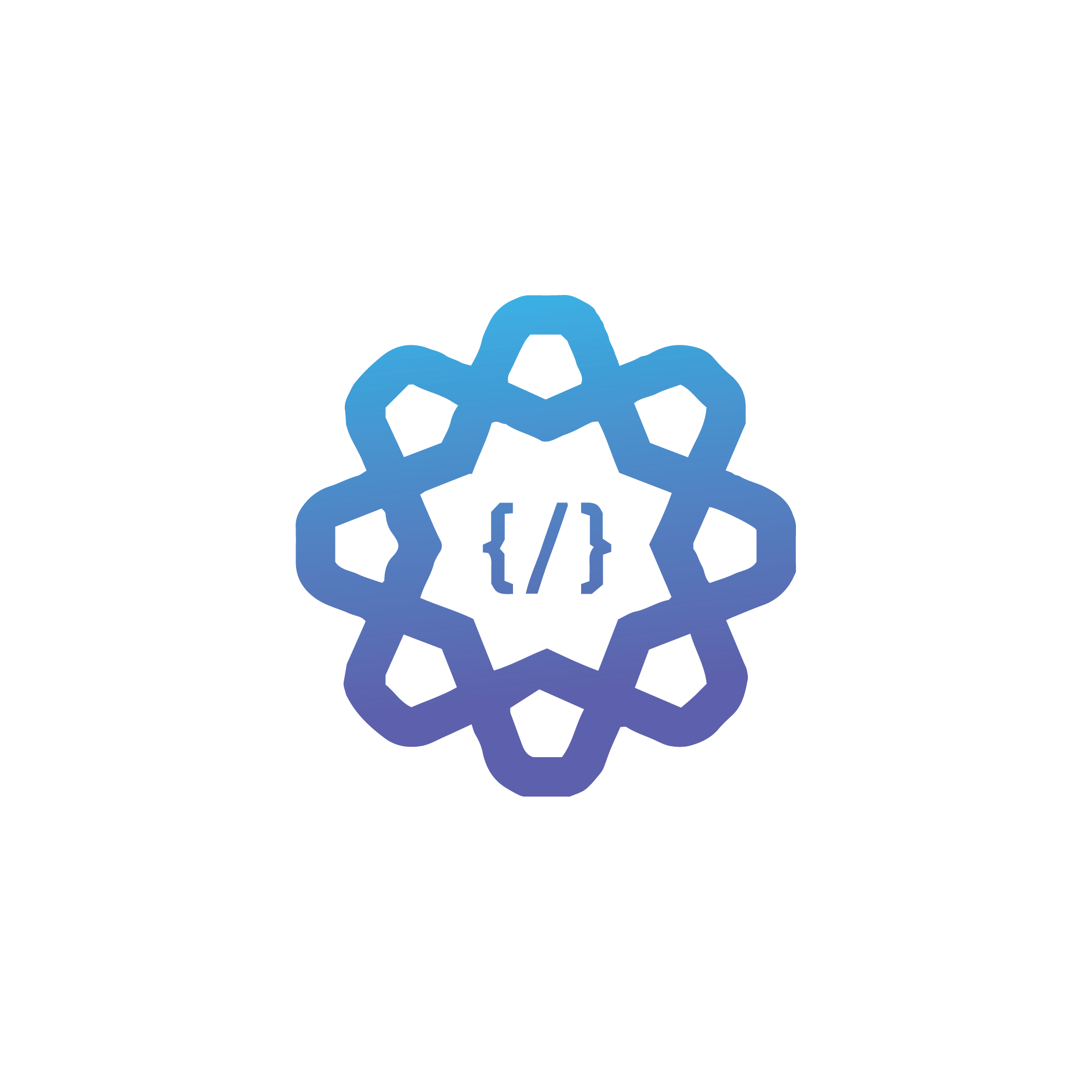
Cloud computing has become a major trend in the tech industry, experiencing rapid growth with the introduction of new technologies like artificial intelligence. These advancements are transforming various development areas, and cloud computing is no exception. Global investments in cloud computing are set to increase by 21.7%, driven largely by the rise of Infrastructure-as-a-Service (IaaS). Cloud computing offers an efficient way to process data without interruptions or delays. This article explores the evolution of cloud computing technology and its critical role for businesses in the modern tech landscape.
AI and Cloud Computing: A Revolutionary Pair
Artificial intelligence has become a transformative force in technology, with 2023 marking its widespread adoption. Tech companies are increasingly integrating AI to maintain a competitive edge. Cloud computing plays a crucial role in AI, providing the necessary server speed and data processing capabilities. Essentially, AI relies on cloud computing to function effectively. Cloud servers handle large data sets essential for AI operations, allowing businesses to store vast amounts of data securely and enhance AI applications.
IaaS: The Need of the Hour
Infrastructure-as-a-Service (IaaS) is a cloud computing model offering on-demand access to computing resources such as servers, networking, and virtualization. IaaS is ideal for businesses seeking a rapid cloud solution, particularly for deploying AI technologies. With IaaS, companies gain on-demand access to scalable cloud resources over the Internet, eliminating the need for third-party management of cloud automation servers. Additionally, businesses only pay for the resources they use.
The Latest Cloud Computing Trends in 2023
Cloud-based software development has significantly advanced, becoming a highly sought-after field. In 2023, several trends are shaping the cloud computing landscape. Here are the top five cloud solutions every business should consider adopting:
Multi-Cloud
The multi-cloud approach is a prominent trend in cloud computing. Different cloud systems serve various functions, and each has unique features. For businesses that rely on extensive software solutions, a multi-cloud strategy is beneficial. It involves using multiple public services from different providers to meet all major business needs. Similarly, the hybrid model offers customization options and helps companies avoid being tied to a single third-party cloud service provider.
Serverless Architecture
Serverless architecture allows developers to build applications without managing server infrastructure. While the application still operates on a server, the management is handled by the network service provider. This model lets developers focus on the core product rather than managing backend data processing and server maintenance, whether on the cloud or on-premises.
Automation
Automation in cloud computing enhances IT operations by streamlining and optimizing processes. With Infrastructure as Code (IaC) and DevOps practices, businesses can automate the provisioning, configuration, and deployment of cloud resources. This leads to increased operational efficiency, reduced human error, and faster time-to-market for applications and services. Automation also includes auto-scaling, which adjusts resources based on demand, ensuring optimal performance and cost-efficiency. It is also crucial for security and compliance, offering continuous monitoring, threat detection, and incident response to enhance overall cybersecurity.
Cybersecurity
Cybersecurity remains a critical concern in cloud computing due to the risks associated with storing and accessing sensitive data in shared environments. While the cloud introduces advanced security features like encryption, access controls, and identity management, it also presents new challenges. Businesses must adapt their security strategies to address cloud-specific threats, such as misconfigurations, data breaches, and insider threats. The cybersecurity industry is evolving with new tools, technologies, and best practices to address these challenges as cloud usage increases.
Disaster Recovery
Disaster recovery (DR) in cloud computing has transformed how businesses prepare for and respond to emergencies. Traditional DR methods often required complex and expensive infrastructures, including duplicate hardware and offsite locations. Cloud-based DR offers more cost-effective and scalable solutions. By replicating critical systems and data in real-time using the cloud’s flexibility and resilience, businesses can achieve quicker recovery times and minimize data loss during disruptions. Cloud-based DR also enables regular testing and validation of recovery strategies, enhancing resilience and reducing downtime.
How Neuralberry Can Assist
In conclusion, the trends of automation, cybersecurity, and disaster recovery are reshaping the IT sector. Automation boosts productivity, scalability, and security in cloud operations, while advanced security features address cloud-specific threats. Cloud-based disaster recovery offers scalable, cost-effective solutions for mitigating disruptions and ensuring business continuity. As cloud computing continues to evolve, these trends will drive innovation and help businesses navigate the cloud effectively. Interested in transforming your business with cloud computing solutions? Contact Neuralberry today.
